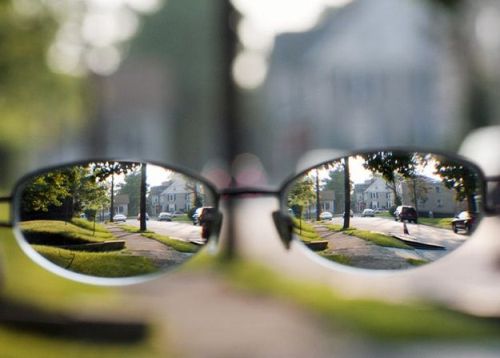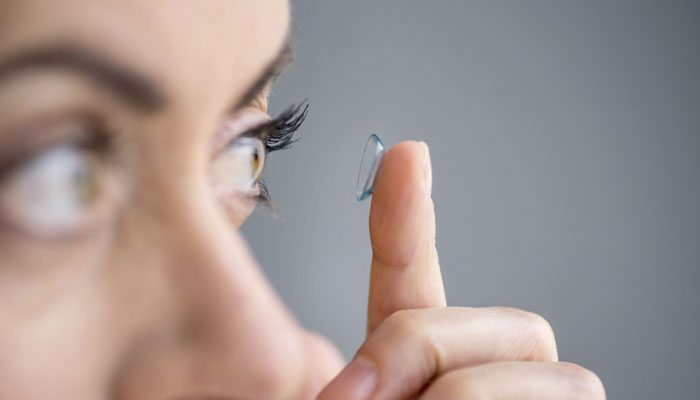Eyesight problems are also known as refractive errors. Short sight leads to blurred distance vision. It is a very common problem that can be corrected by glasses or contact lenses, or cured with laser eye surgery.

When does it occur?
Myopia occurs when light is focused in front of the retina. It occurs because either the eyeball is too long, or because the cornea is too curved. Despite maximum flattening of the lens, the eye is not able to focus the light rays further back, and on to the retina.
What causes it?
Myopia tends to happen in children and young teenagers. It often runs in families. Temporary short-sightedness can also occur with certain illnesses—for example, in diabetes.

What are the symptoms?
The main symptom is a difficulty with distance vision. The earlier myopia starts, the more severe it is likely to become. By the time early adulthood is reached, the level of myopia has usually reached its peak. This means that the vision does not generally get any worse, and indeed stabilizes.
Some children do not realize at first that their vision is not as good as it should be. They may be able to read books and do close work well. However, seeing distant objects such as the board at school may become difficult. They may think this is normal and not tell anyone. Schoolwork may suffer for a while before the condition is identified and treatment provided.
Are there any complications?
The vast majority of people with short sight have no other associated problems. However, people with severe short sight have a slightly increased chance of developing glaucoma, detached retina and macular degeneration.

What is the treatment for short-sightedness?
Glasses: The simplest, cheapest and safest way to correct short-sightedness is with glasses. Concave prescription lenses (called minus lenses) are used.
Contact lenses: They are often more expensive than glasses, require more care, and meticulous hygiene. They are suitable for older teenagers and adults, rather than children.
Surgery: The cure is usually instant and the procedure is generally painless. Several types of laser surgery have been developed. These include: LASIK, PRK and LASEK. They are similar because the basic idea is to reshape the cornea using the laser to remove a very thin layer. The reshaped cornea allows the refraction of the eye to be corrected.
Other techniques are available – most are variants of laser surgery. Implantable contact lenses, Refractive lens exchange and corneal grafts are options in very severe or specialized cases of myopia.

Specialist Ophthalmologist
Bahrain Specialist Hospital
Email: shreyas.palav@bsh.com.bh
